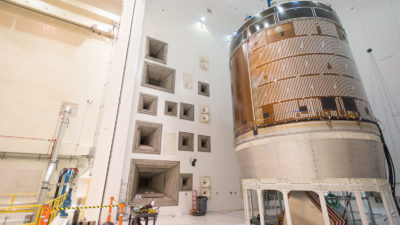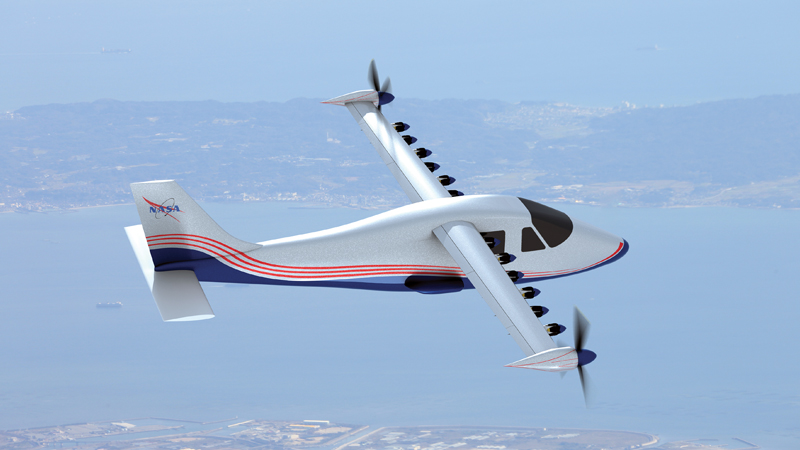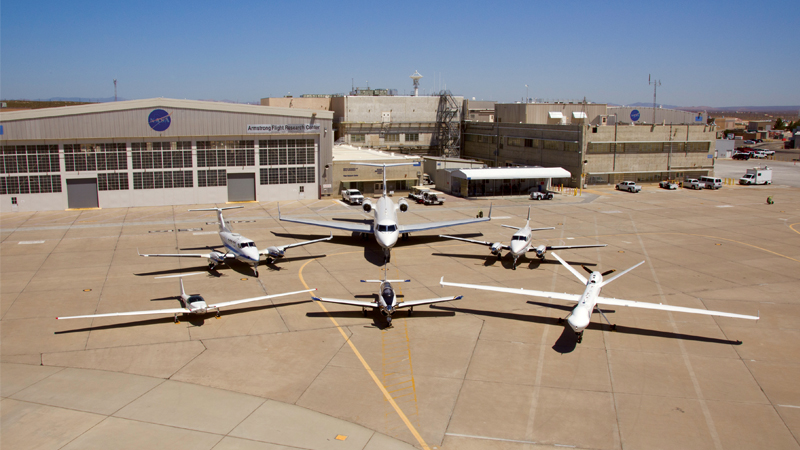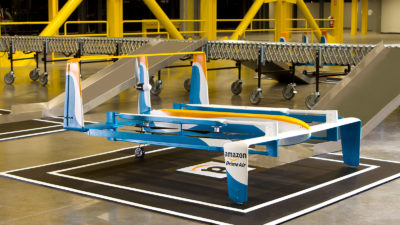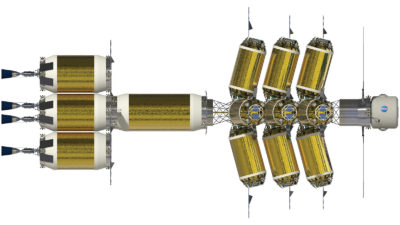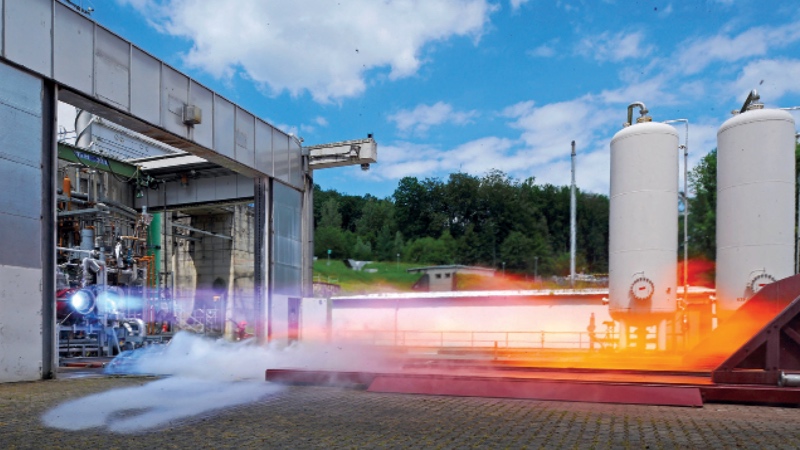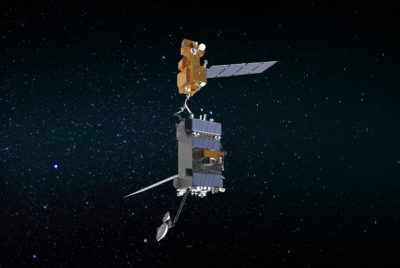Addressing future noise requirements in civil aviation
By Julian Winkler and Reda Mankbadi|December 2021
The Aeroacoustics Technical Committee addresses the noise produced by the motion of fluids and bodies in the atmosphere and the responses of humans and structures to this noise.
The need to reduce aviation-related carbon dioxide emissions is driving the development of electric and hybrid-electric propulsion systems for smaller aircraft. In June and July, researchers tested a folding high-lift propeller prototype for the X-57 Maxwell electric aircraft in the Low Speed Aeroacoustic Wind Tunnel at NASA’s Langley Research Center in Virginia. Researchers used laser vibrometry and digital image correlation techniques to measure the response of the folding propeller blades when they are subjected to an out-of-plane pressure disturbance, yielding damping values about the folding blade hinges and thereby providing critical insight into the propeller design requirements.
New York-based Moog Inc. and NASA’s Glenn Research Center in Ohio are producing a publicly available advanced air mobility noise database. This database of AAM propeller and electric motor noise, acquired using Moog’s SureFly AAM vehicle, will be the first experimental data available to independent researchers and regulators seeking to understand, predict and reduce AAM noise. A field test in May at Lunken Airport in Cincinnati focused on electric motor noise and the next test will measure the noise produced by the SureFly vehicle in hover.
Furthermore, as part of the Advanced Air Mobility National Campaign’s developmental test, NASA conducted multiple acoustic flight tests with California-based partner company Joby Aviation with a full-scale prototype of the S4 electric vertical takeoff and landing vehicle between late August and early September. The acquired data will initiate fundamental work in understanding expected noise levels for this new class of electric vehicles.
Airframe noise from deployed high-lift devices and landing gear during approach continues to be a dominant contributor to the noise footprint. Between November 2020 and March, researchers testing the high-lift variant of the Common Research Model in Langley’s 14-by-22-foot (4.3-by-6.7-meter) subsonic tunnel confirmed that a reconfigurable slat-gap-filler design reduced noise significantly. Furthermore, the extensive aerodynamic data collected will aid in the development and validation of computational fluid dynamics and computational aeroacoustics tools.
In July, Boeing conducted a series of acoustic flyover tests in Glasgow, Montana, as part of the ecoDemonstrator program under the FAA Continuous Lower Energy, Emissions, and Noise, or CLEEN2, program and in partnership with Alaska Airlines. Boeing tested acoustic liner concepts in the thrust reverser to reduce community noise for future airplane products.
With the aim of building quieter turbofan engines, the FAA funded Boston University and Raytheon Technologies Research Center through its Aviation Sustainability Center, or ASCENT, to further develop fan-stage interaction noise prediction capabilities. In August, researchers trained a machine learning algorithm using 260 rotor CFD flow cases resulting from four scaled rotor geometries that were run at different speeds and mass flow rates. Beyond wake predictions afforded by the algorithm, researchers gained insight into the most relevant geometry and flow parameters driving the various wake parameters and will use it to guide the development of a faster, more applicable, low-order fan broadband noise prediction method.
Aeroengine combustion noise is becoming an increasingly important contributor to the overall engine noise signature in advanced aircraft designs. In a multiyear-funded ASCENT project, Georgia Tech and Raytheon Technologies Research Center are using a combination of experiments, high-fidelity simulations and mathematical modeling for combustion noise prediction to contribute to the design process for next-generation combustors. Fabrication and installation of two complementary combustion rig test beds were completed, and researchers acquired extensive test data in both rigs for relevant aircraft combustor cycle conditions. The data are being used to understand and quantify the combustion noise generation mechanisms and to validate the physics-based models used in the predictive noise tool.
Contributors: Vishal Acharya, Clifford Brown, Sheryl Grace, David Lockard, Jeffrey Mendoza, Kyle Pascioni, Takao Suzuki and Nikolas Zawodny




